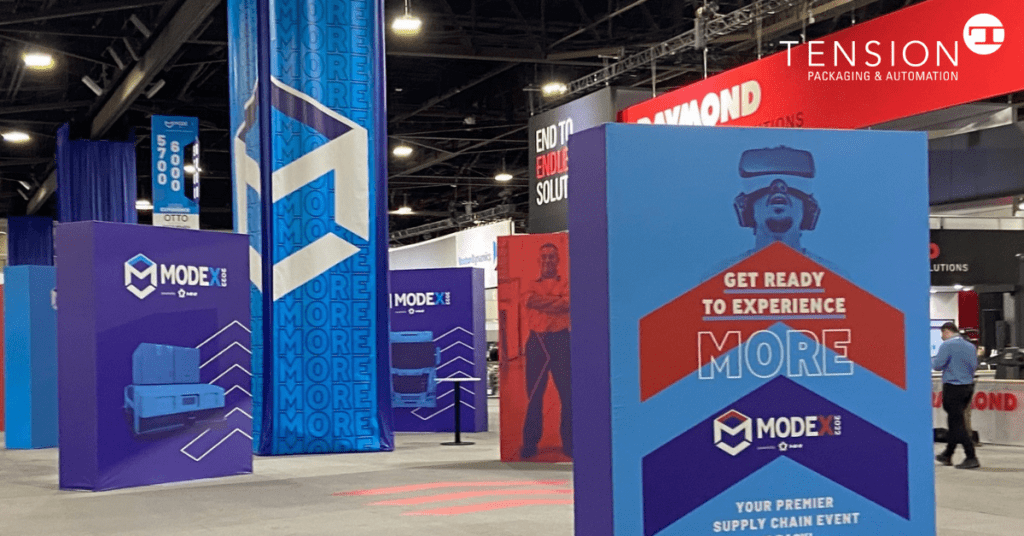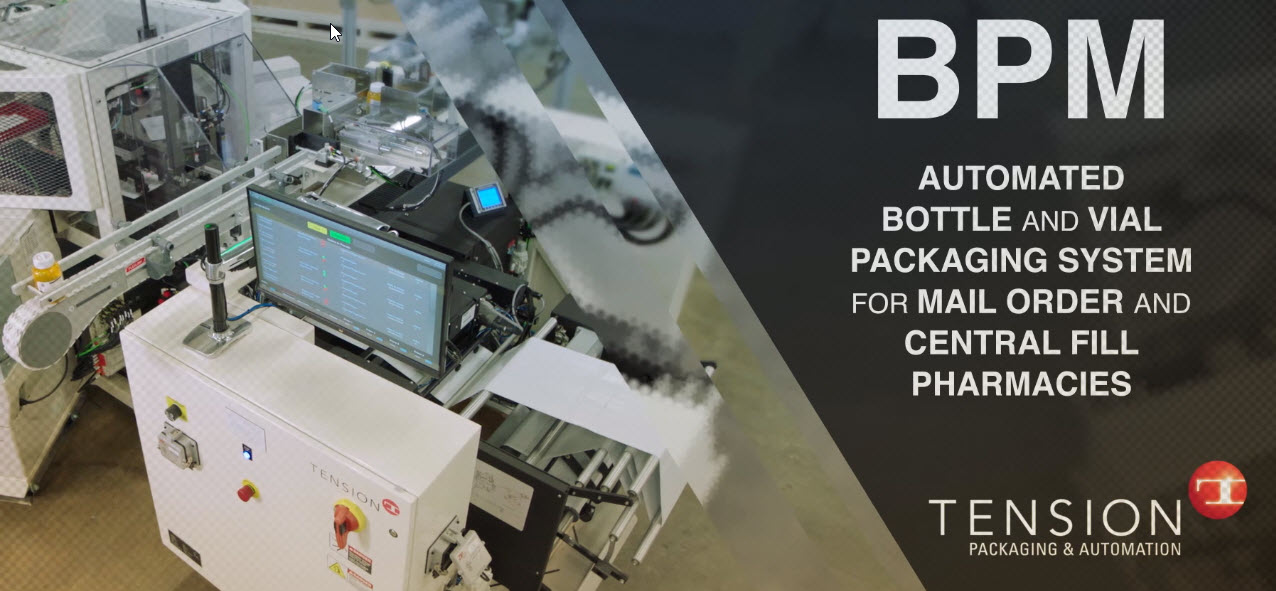The past two years have shown us just how challenging, dynamic and resilient our supply chain and related industries can be. In March 2020, during the early days of the COVID-19 pandemic, the Tension team attended one day of MODEX before it was shut down prematurely. Since then, there’s been a significant rise in eCommerce and major disruptions in supply chains and logistics, accompanied by an unprecedented labor shortage.
The numbers both reflect and emphasize how momentous our current environment is: As of January 2022, there were approximately 500,000 job openings in the warehouse and transportation industries – warehouses are cycling though employees, and at upwards of $8,500 to replace one worker the financial stakes are high.
The confluence of such industry trends points to automation as the solution. And the message of this year’s #MODEX22 show in Atlanta was clear: The time to invest in automation, at least at some level, is now.
The Great Attrition: Labor Considerations
The Great Attrition and labor shortages over the last few years, especially in warehouses, point to a couple of key root causes:
- Don’t Show Me the Money – Financial incentives in the form of higher hourly rates aren’t working in terms of attracting new, quality and long-term talent. While higher hourly rates can help attract short-term employees, they can cause your loyal, tenured associates to become disgruntled if they are not also financially rewarded.
- Flex Your Benefits, Not Your Muscles – The days of endless labor supplied at low wages are bygone. On the contrary, associates seek a work-life balance, recognition, and rewarding, enjoyable work. What does this mean for employers? Offer your team flexible schedules and time off when needed, and reduce physical requirements of the job when possible.
Seemingly, supply chain professionals are tasked with the impossible. How can you possibly manage operations and exceed customer expectations when labor is already scarce and current employees seek greater flexibility? The answer lies in automation. While there are varying levels of automation, you can incorporate it to help reduce physical demands, training and overall staffing with your labor force while meeting customer-related deliverables in a shorter amount of time.
The Decision to Invest in Automation
The decision to automate is one to weigh carefully. It involves a complete assessment of your operational data, end-to-end process design knowledge and resources (e.g., technology, talent and capital). Here are some points to consider:
- Process Design – What are the processes from plant to customer? Where can you automate in a way that removes manual processes for workers?
- Return on Investment – What level of automation makes the most sense for you? How long is the projected ROI? (Bonus tip: Ultimately, investments in automation can allow for savings that give you the ability to pay higher wages to your premium, long-term and loyal employees.).
- Operational Data – Some variables to consider include labor supply, space, safety and business growth opportunities.
- Service and Support – Post-go-live support and ongoing maintenance is a major factor for consideration with automation. How reliable, reputable and responsive is the automation partner you’re considering?
Who is Tension Packaging & Automation?
Tension Packaging & Automation is a leader in complete packaging equipment and automation solutions for the eCommerce and pharmacy automation industries. Tension designs and builds equipment and systems in addition to providing the consumables (e.g. poly bag and paper options), software, and service and support that keep pharmacies and eCommerce fulfillment centers running smoothly.
Contact Us
Tension is known as an eCommerce and pharmacy automation solution specialist with expertise in project design, machine development, robotics and software integration. Contact us to discuss your eCommerce or pharmacy automation needs.




